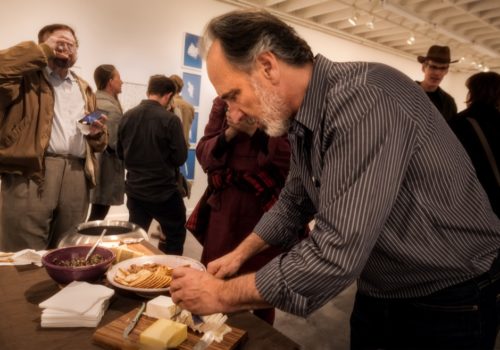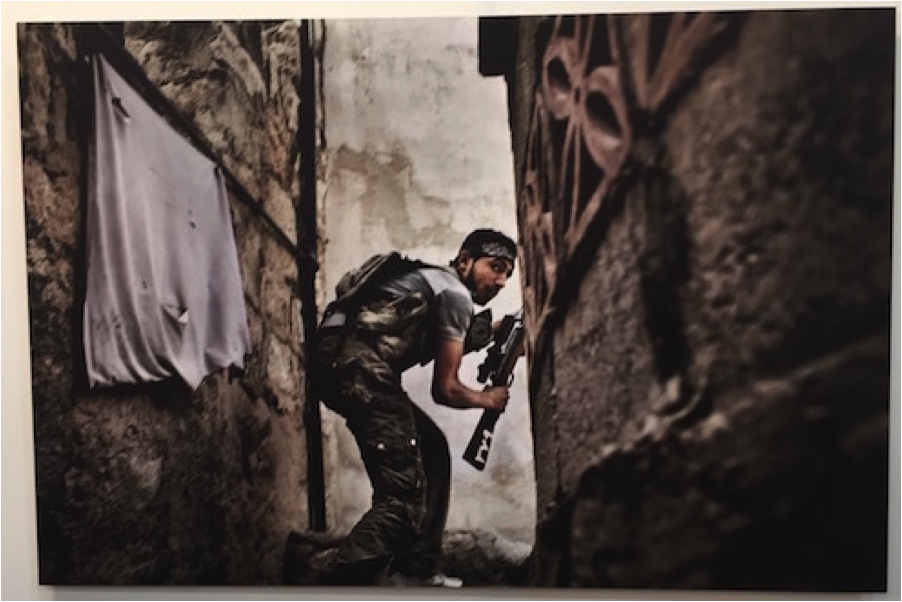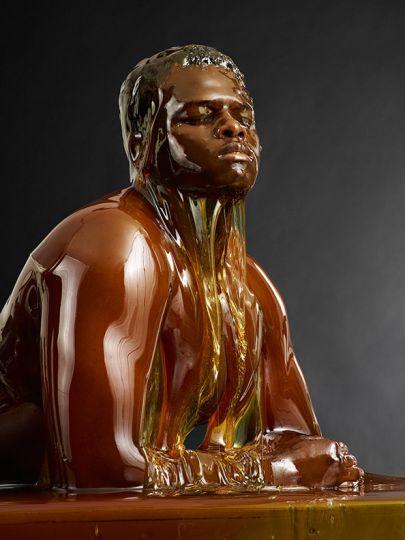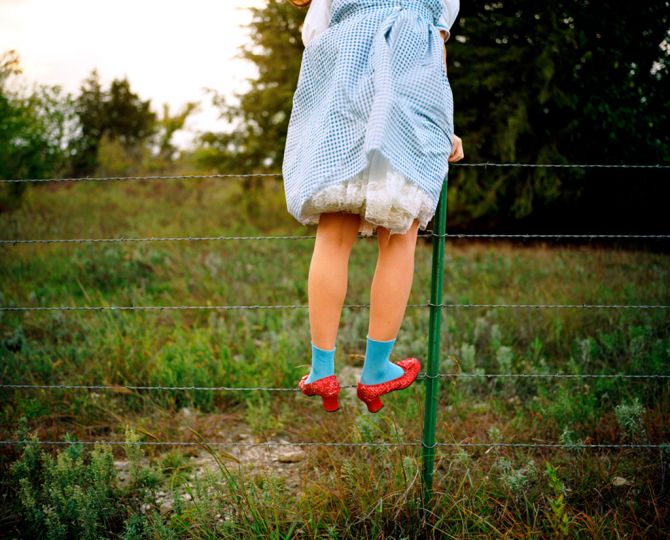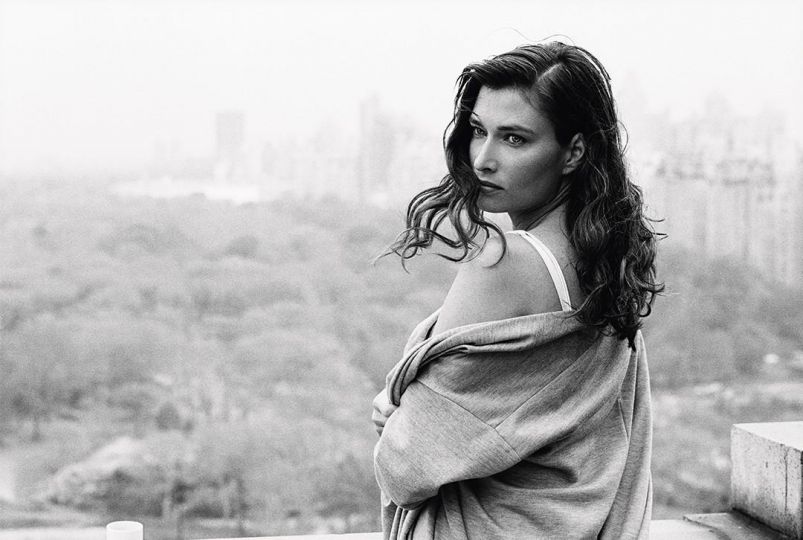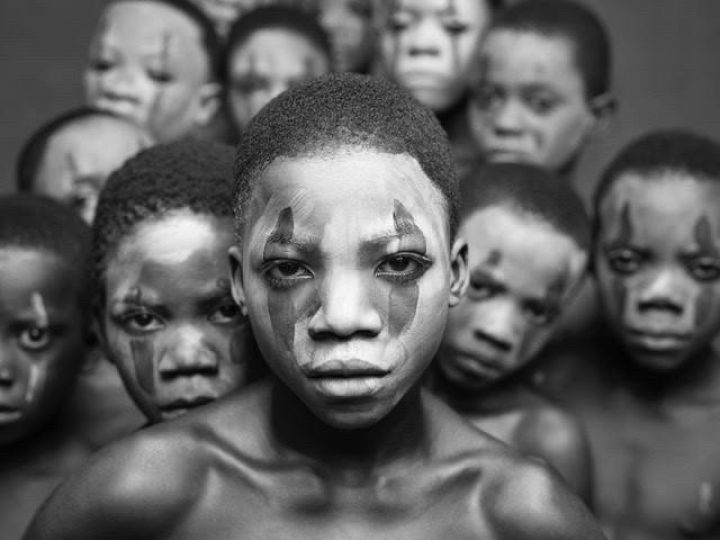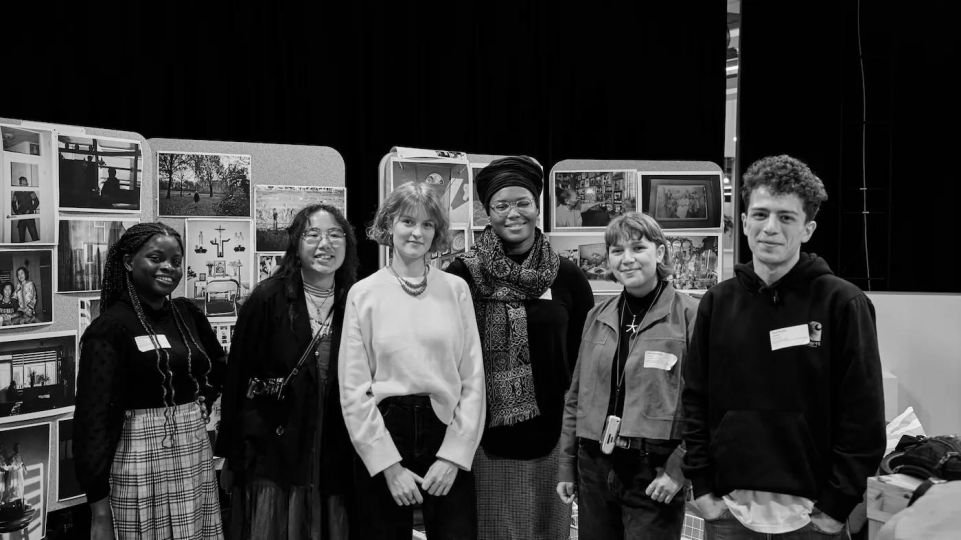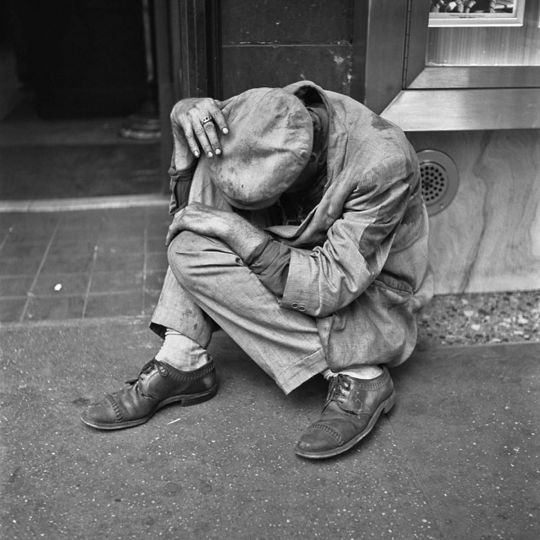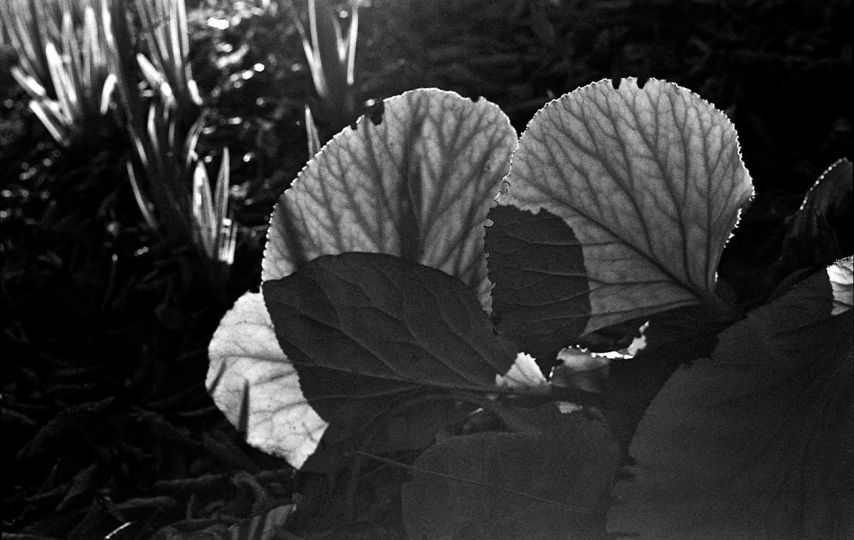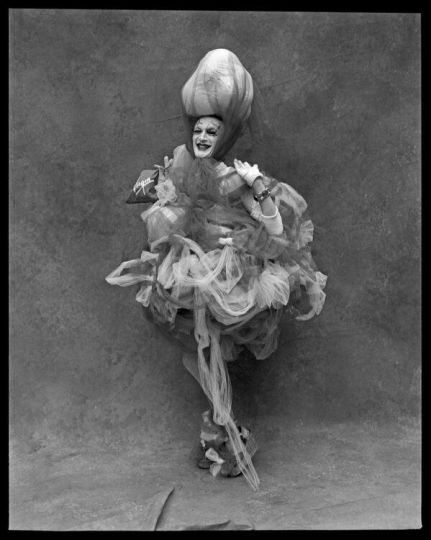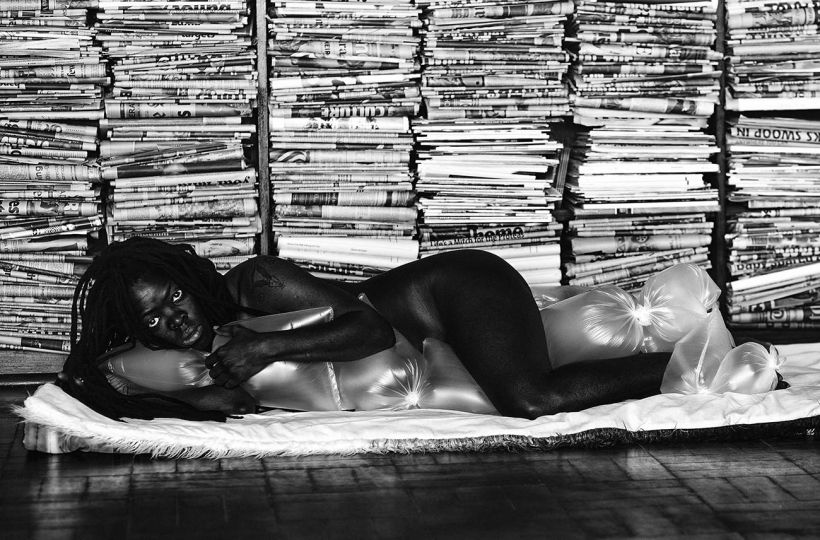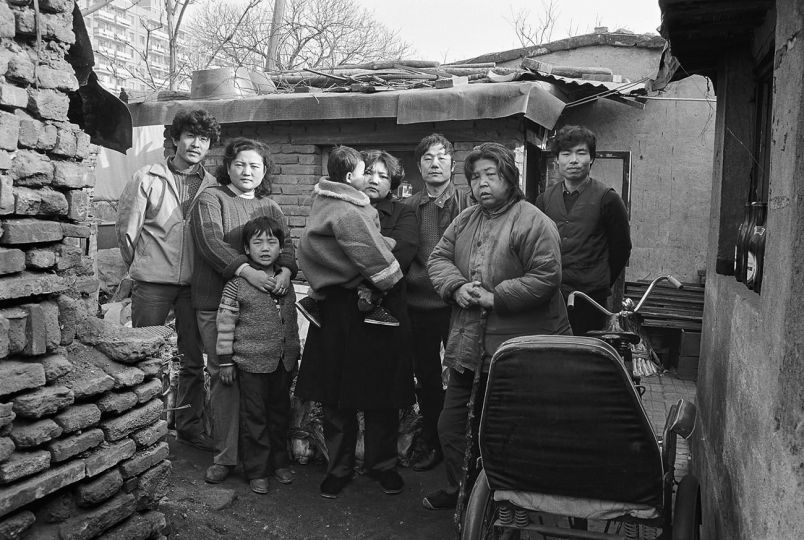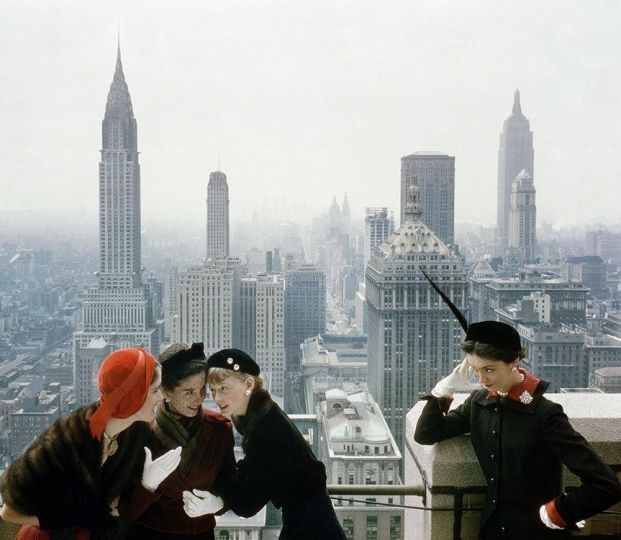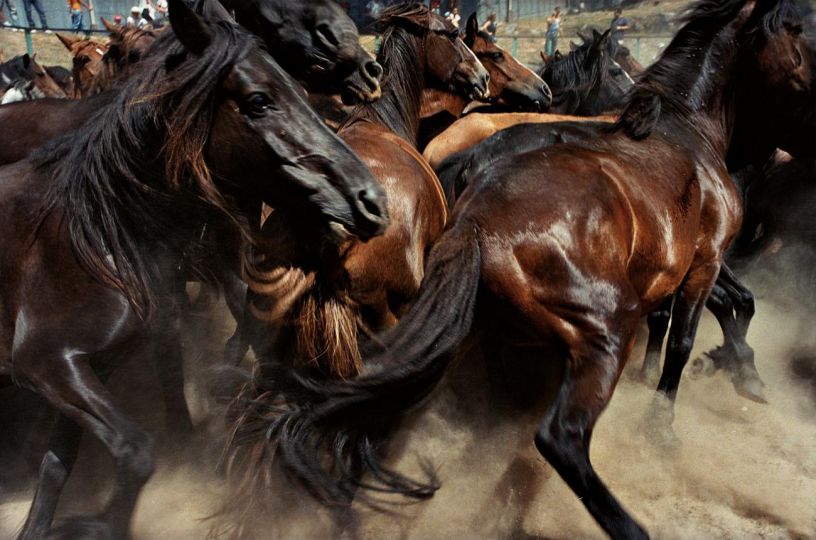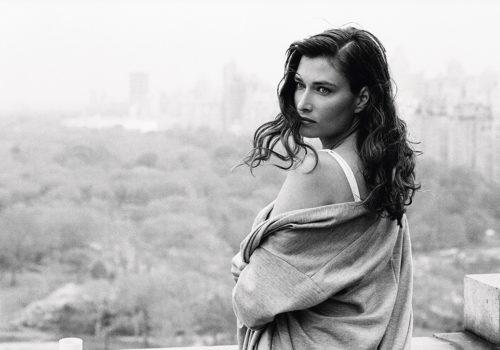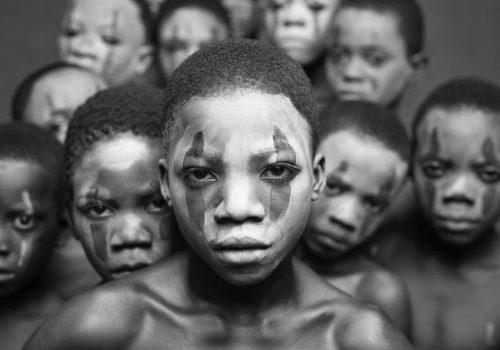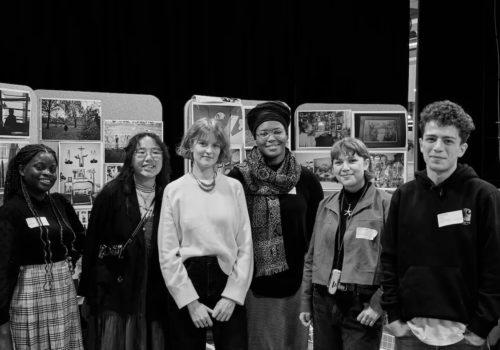Paul Kopeikin recently celebrated twenty-five years as a gallerist and threw a party to mark the occasion. It was a lovely evening filled with food, drinks and people having a good time while surrounded by images Paul has shown through the years. It’s not easy to keep a gallery alive that long and I wondered what the journey had been like. To find out I asked Paul for his reminisces. Here’s what he had to say.
Paul Kopeikin – I jokingly tell people that while I may not be the “best” gallery in Los Angeles, I do have the distinction of having had the most galleries. In 1991 I started a gallery in my house, which at the time was fairly common. I kept my day job so the gallery operated only on weekends and predictably no one came. I got so discouraged one Saturday, that I closed the door and went to take a nap. Of course no sooner did I lay down when the doorbell rang and I peeked through the window to see the photography curator from the Getty standing at my door.
Soon afterwards I moved into a tiny public space on La Brea, upstairs from a framer and overlooking a cement plant, where trucks came and went. My neighbor was a painting restorer who was smoking pot all day so predictably my gallery always smelled of weed. My neighbors were Jack Glenn and Burnett Miller, both well-known dealers at the time. From there I moved down the street into a better gallery in a building with several galleries. Jan Baum occupied the first floor for many years, and Garth Clark, a prestigious ceramics dealer, had the space next to mine. But I was still frustrated to be upstairs and so when a larger ground floor space opened up down the street I grabbed it.
My neighbors were Jan Kesner and David Fahey, both older, more established photography dealers, as well as Darrel Couturier, a wonderfully eclectic dealer who later introduced me to Cuba. People referred to it somewhat dismissively as a “photo ghetto” but if you liked photo-based art for many years it was the place in Los Angeles. Another opportunity came when a space opened up among a prestigious group of galleries at 6150 Wilshire, near LACMA. Roberts and Tilton, Daniel Weinberg, ACME and 1301PE were exactly the kind of art galleries I wanted my artists to be seen with, and we were all in such close proximity that people who might never have come into my gallery often stopped by to see what I was showing.
In 2008 everything fell apart with the financial collapse. I was forced out of 6150 and unable to find a suitable alternative wound up without a gallery for several months until a great space opened up in West Hollywood. The area was known more for clothing and furniture than art, but there were galleries scattered among the other high end retail shops and I was optimistic that I had found a final home.
Although this story has a happy ending, seeing as I am celebrating my 25th anniversary, the reality is that it took many years for things to get substantially better after 2008. And although I thought it was my last gallery, I wound up moving out of the Melrose gallery when a bigger and better and less expensive gallery opened up in Culver City. And that’s where you will find me today, happy to be among other gallerists doing what I love to do; showing and selling art.
Andy Romanoff
Andy Romanoff is a photographer and writer specializing in photography based in Los Angeles, USA.
Kopeikin Gallery
2766 S. La Cienega Blvd.
Los Angeles, CA 90034
USA
https://www.kopeikingallery.com
Andy Romanoff
Photo Website
Writing Website

